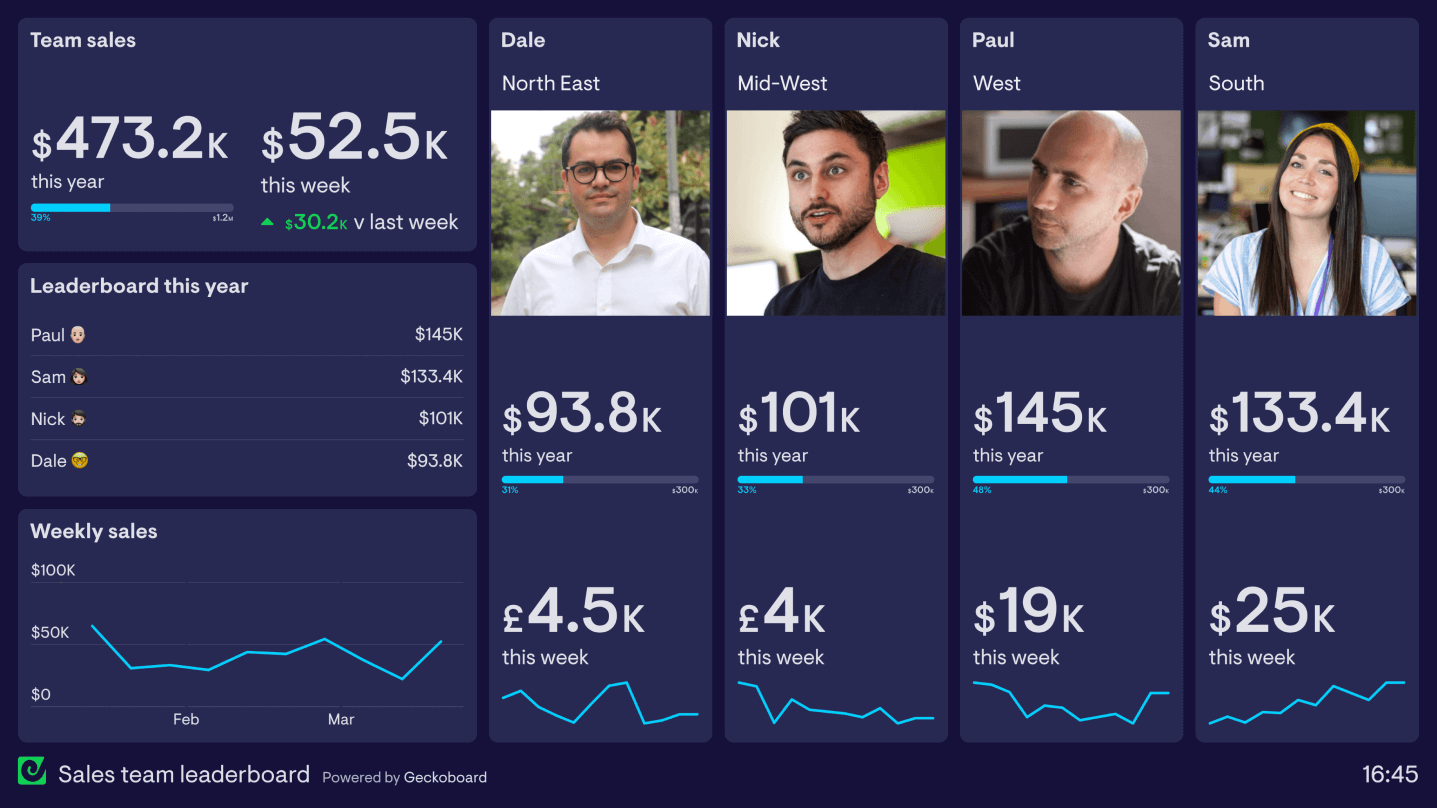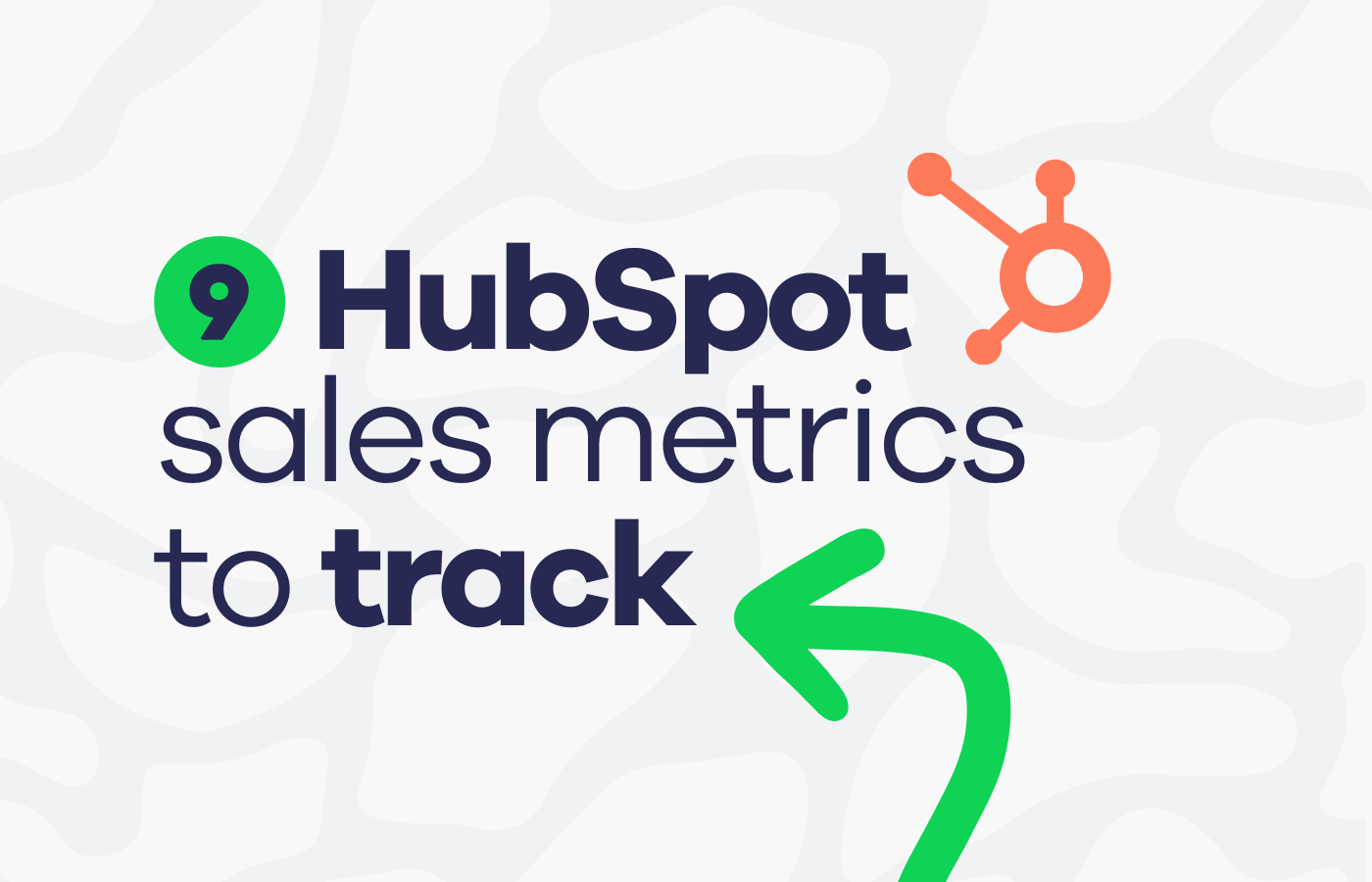When it comes to sales, numbers tell the real story. But with so many metrics out there, it’s easy to get lost in the data. That’s where HubSpot comes in; it offers a ton of ways to track your sales performance, but knowing which numbers actually matter can make all the difference.
Focusing on the right HubSpot sales metrics gives you a clear path to better decisions, smarter strategies, and more wins. Whether you’re trying to speed up your sales cycle or figure out why deals are getting stuck, the right data helps you adjust course in real time. Let’s break down the most important HubSpot sales metrics you should be tracking to keep your team on the right track.
1. Deals Created
At the heart of any sales process are the deals your team creates. Tracking the number of deals created in HubSpot helps you monitor the volume of opportunities entering your pipeline. This metric gives you an early indication of sales momentum and provides insights into whether your marketing and lead generation efforts are working effectively.
Why it matters: If deals created suddenly drop, it could signal a problem with lead generation or prospecting, requiring immediate action to prevent pipeline drought.
What to track:
- Number of deals created by rep or team
- Deal creation trends by week or month
2. Deal Stage Progression
Not every deal moves through the pipeline at the same pace, and that’s okay. What’s important is tracking how deals progress through each stage of your pipeline. HubSpot allows you to create custom deal stages, and tracking where deals get stuck (or where they accelerate) helps identify potential bottlenecks.
Why it matters: If many deals stall at a particular stage, you may need to refine your sales process or provide additional support to your team to move deals forward.
What to track:
- Conversion rates between deal stages
- Time spent in each stage
3. Win Rate
Your win rate is the percentage of deals that successfully close compared to the total number of deals created. This is one of the most important HubSpot sales metrics to monitor because it gives you a clear view of how effective your sales team is at closing deals.
Why it matters: A declining win rate could mean that your team needs better training, improved tools, or more qualified leads entering the pipeline. On the other hand, a high win rate indicates that your team is well-equipped and your sales process is functioning smoothly, but could be an opportunity to test higher price points.
What to track:
- Overall win rate
- Win rate by sales rep
4. Average Deal Size
Understanding your average deal size is essential for forecasting revenue and setting sales goals. HubSpot sales metrics allow you to track the total value of deals and calculate the average size of a closed-won deal.
Why it matters: If your average deal size is shrinking, it may indicate that your team is closing more low-value deals or offering too many discounts. On the other hand, increasing average deal size could mean your team is successfully upselling or cross-selling.
What to track:
- Average deal size over time
- Average deal size by sales rep or team
5. Sales Cycle Length
Sales cycle length refers to the average time it takes to close a deal, from the moment it enters the pipeline until it becomes a closed-won deal. HubSpot makes it easy to track this metric so you can identify anything wrong in your sales process.
Why it matters: A long sales cycle can affect cash flow and cause frustration for both your team and potential customers. By reducing the time it takes to close deals, you can increase your overall sales velocity and improve team morale.
What to track:
- Average sales cycle length overall
- Sales cycle length by deal size or type
6. Lead Response Time
How quickly your sales team responds to new leads can directly impact your chances of closing a deal. HubSpot allows you to track lead response time, which is the average time it takes for your team to follow up with a new lead after they’ve been assigned or have made contact.
Why it matters: Studies show that the faster your sales team responds to a lead, the higher the chance of converting that lead into a paying customer. Monitoring this metric helps ensure that leads are not slipping through the cracks.
What to track:
- Average lead response time by team or rep
- Lead response time trends over time
7. Quota Attainment
Quota attainment measures how close your sales reps are to hitting their assigned sales goals. In HubSpot, you can track each sales rep’s performance in relation to their target and see how they’re progressing throughout the month or quarter.
Why it matters: This is one of the most direct indicators of whether your sales team is performing well. If reps consistently fail to meet their quotas, it may indicate a need for more training, better leads, or improved processes.
What to track:
- Percentage of quota achieved by rep
- Quota attainment trends over time
8. Revenue by Source
Understanding where your revenue is coming from is important for optimizing your sales strategy. HubSpot sales metrics can track revenue by lead source, whether it’s inbound marketing, outbound prospecting, referrals, or another source.
Why it matters: If one source consistently brings in more revenue than others, you can adjust your efforts to focus on what works best. If certain sources are underperforming, it may be worth reevaluating your investment in them.
What to track:
- Total revenue by source
- Revenue trends by source over time
9. Customer Retention Rate
While HubSpot is often seen as a tool for driving new sales, tracking customer retention is just as important. This metric tells you how well you’re keeping your existing customers and whether they’re likely to renew or make repeat purchases.
Why it matters: Retaining customers is often more cost-effective than acquiring new ones. A high customer retention rate indicates customer satisfaction and strong product-market fit, while a low retention rate signals that you may need to work on customer experience or support.
What to track:
- Overall customer retention rate
- Retention rate by product or service
Are you tracking the right metrics?
It’s easy to get lost in all the data HubSpot provides, but the real magic happens when you focus on tracking the right sales metrics. By zeroing in on the numbers that drive real results, you’re setting yourself and your team up for success.
Once you’ve nailed down the right metrics, the next step is to make sure you can easily keep an eye on them. That’s where Geckoboard comes in. It lets you visualize your key metrics in real time, so whether you’re doing a quick check-in or reviewing progress with your team, you’ll always have a clear view of where things stand with your sales pipeline.
So, are you tracking the right metrics? Are you visualizing them in a dashboard in a way that keeps you on track? Now’s the time to make sure both are working for you.


